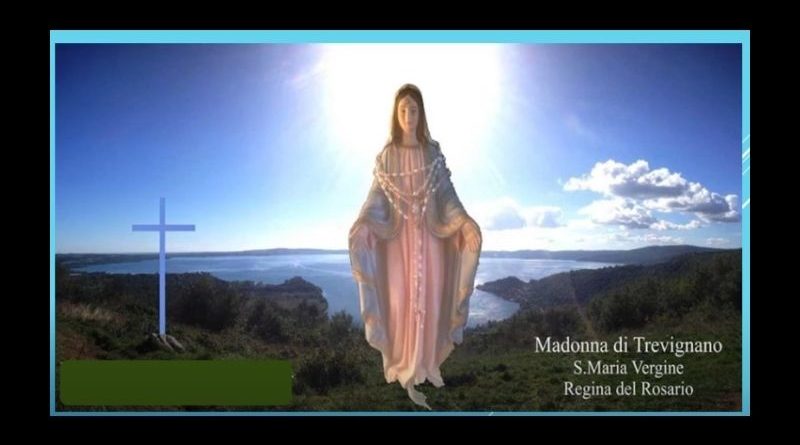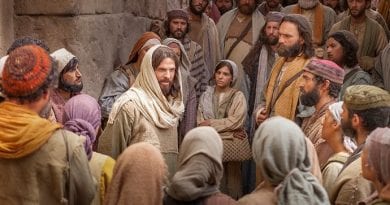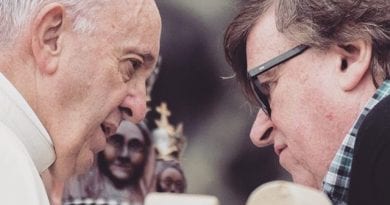The Seer with the weeping Statue from Medjugorje has new message: “Soon my faithful children will be filled with the Holy Spirit.
 Our Lord to Gisella Cardia
on July 28th, 2020:
Our Lord to Gisella Cardia
on July 28th, 2020:
My brothers and sisters, thank you for being gathered here in my house and in prayer. Brothers and sisters, my children, at this moment I feel so much fear in the hearts of many; do not fear, says the Lord your God – be men and women of faith and nothing will be able to touch you*. I will change your fear into courage, I will change your hearts of stone into open hearts, I will change worry into serenity, but all this will only be possible if you truly entrust yourselves to me. Do not think that you can be the God of your own selves, because in that way you will not take the right path, but will continue to despair, as without me and without surrendering to me you will be unable to achieve anything. It is not the world that will give you eternal life – remember these words of mine – but I am here to give you my own self. My children, return to me; now heavens and earth are united, and soon my faithful children will be filled with the Holy Spirit. Now I leave you with my Blessing, in the name of the Father in my name and the Holy Spirit, Amen.< /em>

Who is Gisella Cardia?
Apparitions in Trevignano Romano, Italy
The alleged Marian apparitions in Trevignano Romano in Italy to Gisella Cardia are relatively new. They began in 2016 following her visit to Medjugorje, Bosnia-Herzegovina, and purchase of a statuette of Our Lady, which subsequently began to weep blood. The apparitions have already been the subject of an Italian national TV broadcast during which the seer behaved with remarkable calm in the face of some heated criticism from panelists in the studio toward her and two books. A Nihil obstat was recently granted by an Archbishop for the Polish translation of the second of these, In Cammino con Maria (“On the way with Mary”) published by Edizioni Segno, containing the story of the apparitions and the associated messages up until 2018. While such a foreign Nihil obstat does not, on its own, constitute in situ diocesan approval of the apparitions, it is certainly not insignificant. And the local Bishop of Civita Castellana appears to have been quietly supportive of Gisella Carda, having given access early on to a chapel for the overwhelming influx visitors who began to gather in the Cardia’s house to pray, once news of the apparitions began to spread.
There are several major reasons for focusing on Trevignano Romano as a potentially important and solid prophetic source. Firstly, the content of Gisella’s messages converges very closely with the “prophetic consensus” represented by other contemporary sources, without any indication of her awareness of their existence (Luz de Maria de Bonilla, Pedro Regis, Fr. Michel Rodrigue, Fr. Adam Skwarczynski, the diaries of Bruno Cornacchiola. . .).






